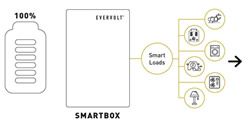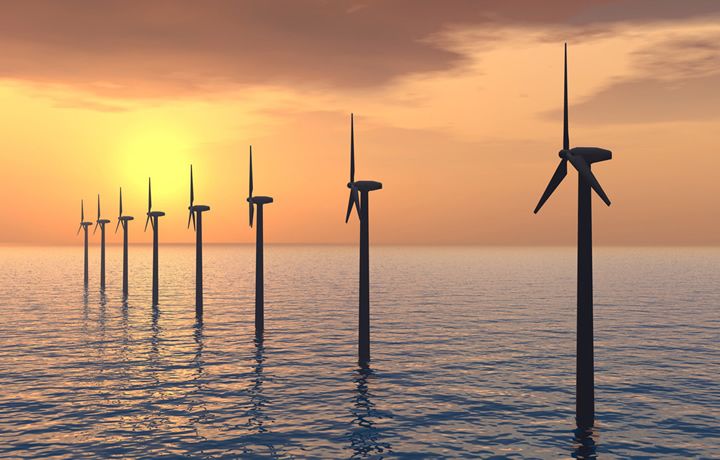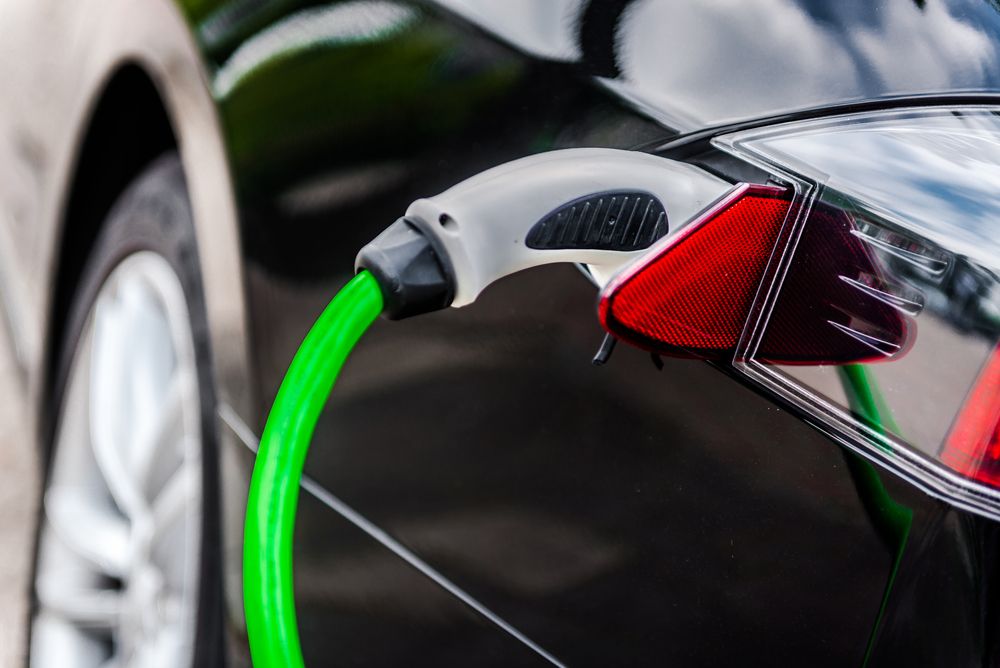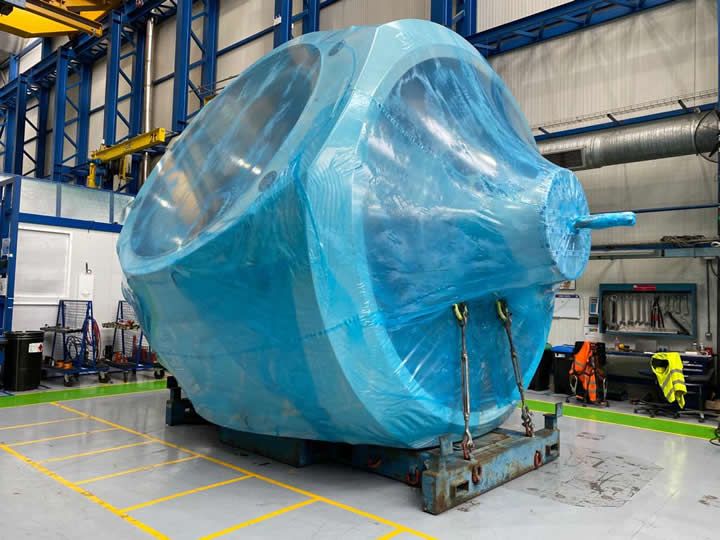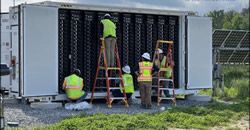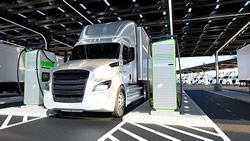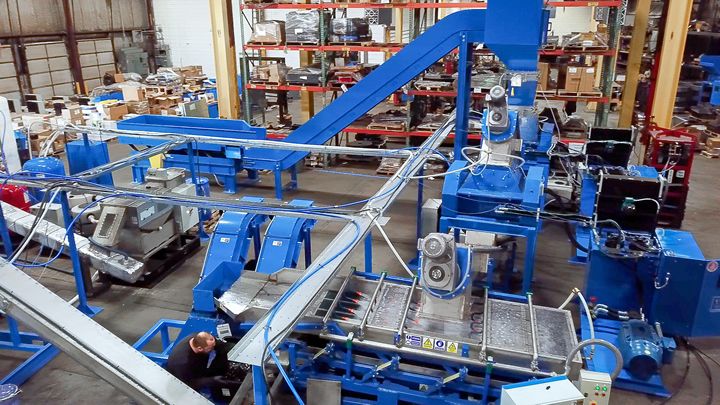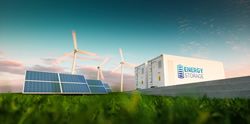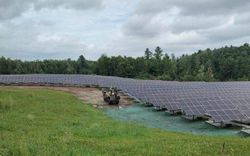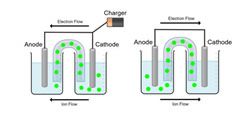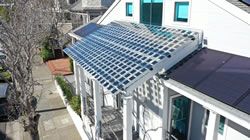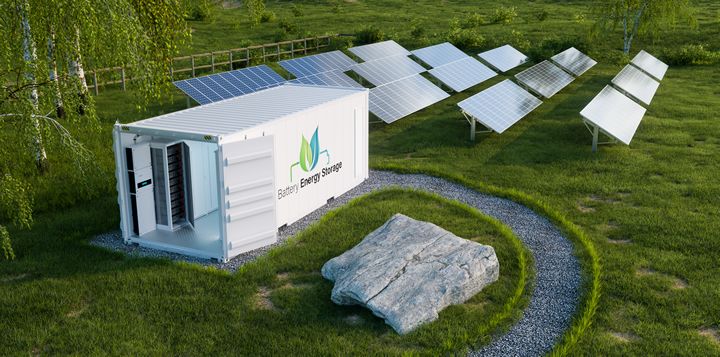How New Leaf Energy Uses Anza's Module Data to Improve Its Solar Development Design Process
New Leaf Energy faced hurdles in module selection and project optimization due to the lack of up-to-date pricing and production data. The team struggled to access reliable cost and availability information.
Common Misconceptions about Integrating a Battery with a Solar System
Panasonic developed the SmartBox to offer homeowners the ability to control their solar systems to run how best suits their needs. For example, with Smart Load Control homeowners can prioritize and schedule select appliances and their energy usage.
Preparing for change - Resistors help to get the most out of wind power
Offshore farms are much further from the grid than their onshore counterparts, meaning there are less readily available connection points to distribute power to the transmission network.
Automotive Electrification Movement
Experts from two industry-leading electronics companies Molex and DigiKey-shed light on the current state of the electrification movement and key considerations for the future of the automotive industry.
Boosting Wind and Solar Power Sustainability with Corrosion Prevention
With corrosion as a key enemy of wind and solar longevity, Cortec® reminds manufacturers not only of the importance of proper materials selection during the design phase, but also of the benefits of a few simple corrosion preventative steps during shipping and maintenance.
Battery Energy Storage System (BESS) Decommissioning and End-of-Life Planning: Why Care Today?
When a BESS does reach the end of its useful life, disposal can be a complex task that must be carefully planned and executed. If you are just starting the permitting process, or in the early stages of BESS project development, this article is for you!
The Future of Commercial EV Charging Infrastructure Development
Electrification isn't just about chargers - it also requires advancing technology. So we're working to leverage fleet management software, telematics, and vehicle-infrastructure integration in optimizing routes, reducing energy costs, and ensuring smooth operations.
Wastewater Energy Transfer (WET) Systems
With wastewater being prevalent in every city across North America, the market for WET systems exceeds $24 billion. WET systems provide meaningful carbon reduction for dense urban centres where other technologies like Geoexchange are not viable or practical.
No Disassembly (or Discharge) Required: Shredding the Largest EV Battery Packs in One System
Innovative technology allows for safe, efficient, profitable shredding of the largest EV battery packs on the market, without disassembly or discharging
Practical Steps for Measuring and Reducing Your Business' Carbon Footprint
In this guide, we walk you through some basic concepts and provide a step-by-step guide for how best to decarbonize your operations quickly and on a tight budget.
Vanadium Redox Flow Batteries
Storion has focused on securing access to a unique vanadium leasing model. Because the vanadium electrolyte represents 40-60% of a VRFB system's cost, it is a clear, leading candidate for cost reduction.
A Forward-Thinking Approach to Solar Project Success
Digging deep in soil analytics toward achieving clean energy and sustainability. The key is to employ proactive and effective stormwater management to protect the environment and ensure solar installation viability.
Sodium Batteries for Use in Grid-Storage Systems and Electric Vehicles
The reliance on sodium sourced from soda ash supports environmentally friendly practices that avoid the energy-intensive process that is often associated with lithium mining. Further innovations in sodium battery technology further enhance its sustainability and performance
Pacific American Group Solar Canopy
For this project Symmetric Energy used 12 of our Vision S-32 solar panels for an entry canopy which lets dappled light through. The '32' in S-32 denotes the quantity of solar cells in our S series of modules.
The Impact of Battery Energy Storage on the Clean Energy Transition
By improving grid efficiency and reducing the need for costly infrastructure upgrades, BESS can lower overall energy costs for consumers. Additionally, battery projects can create manufacturing, installation, and maintenance jobs, contributing to the growth of a clean energy economy.
Records 1 to 15 of 3068
Featured Product
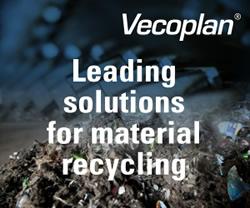
Vecoplan - Planning and implementation of complete processing plants in refuse derived fuel production
In order to reduce the costs involved in the energy-intensive production of cement, many manufacturers are turning to refuse-derived fuels (RDF), considerably reducing the proportion of expensive primary fuels they would normally use. Solid fuels are being increasingly used - these might be used tyres, waste wood or mixtures of plastics, paper, composite materials and textiles. Vecoplan provides operators of cement plants with proven and robust components for conveying the material and separating iron and impurities, efficient receiving stations, storage systems and, of course, efficient shredders for an output in various qualities.


